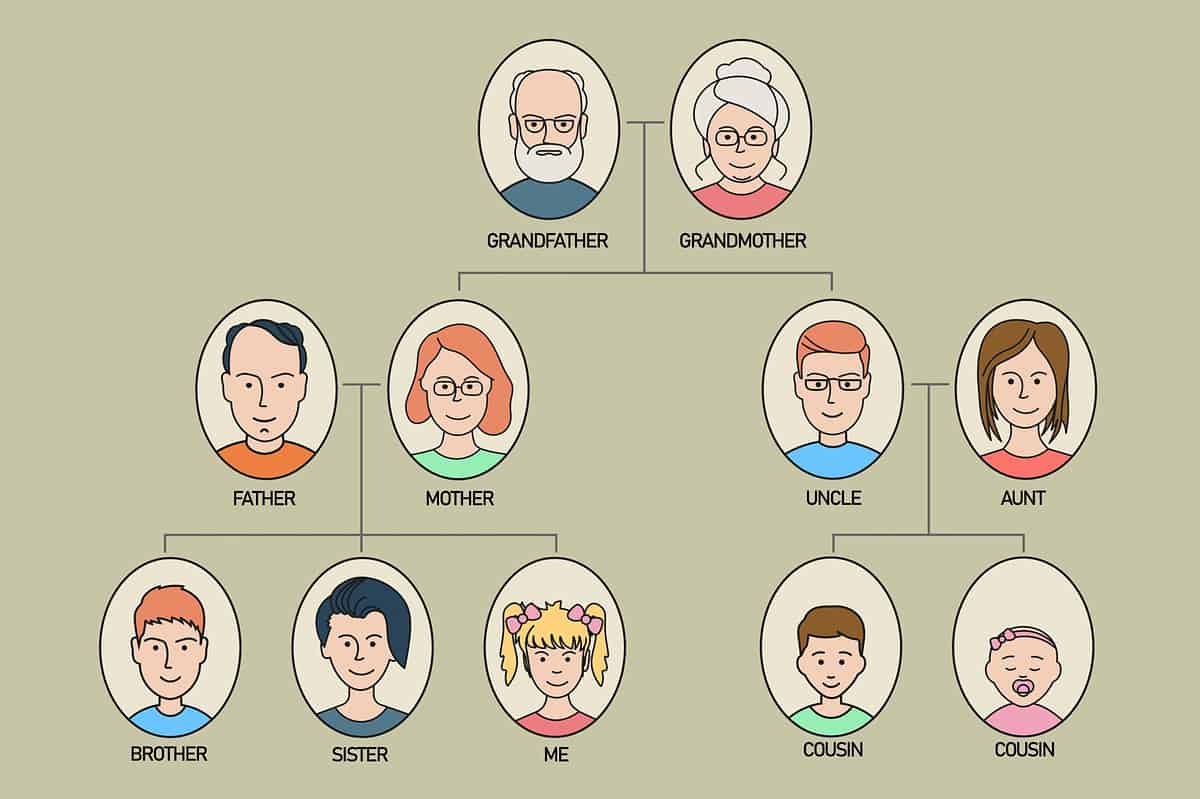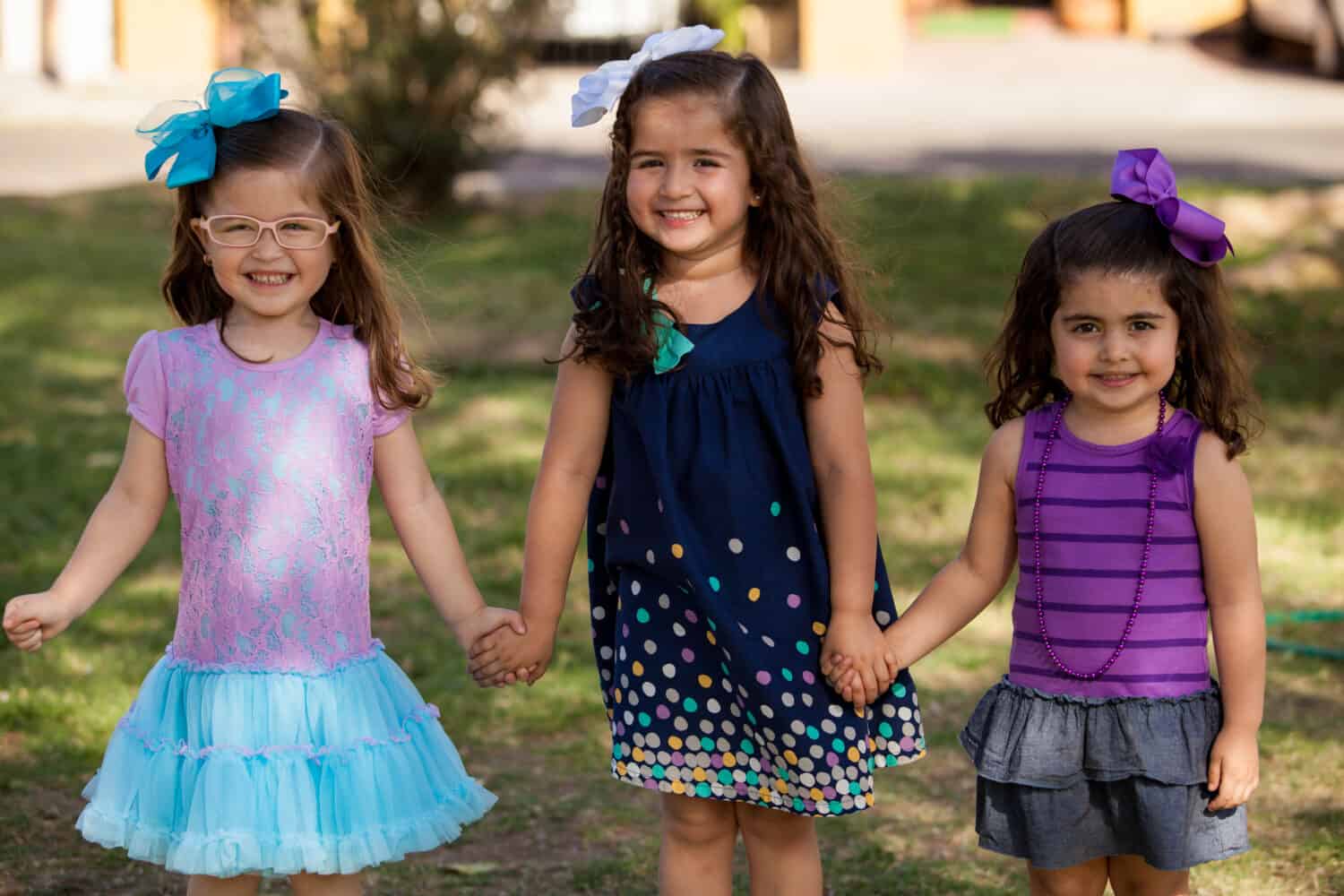Family relationships can be confusing, and tracing back generations takes time, patience, and excellent research skills. Learning about your family connections is exciting, and uncovering family history is an interesting way to teach your children about family relationships and their family tree.
One of the most confusing relationships to understand is cousins. Understanding the complicated relationship between first, second, and third cousins can be confusing, but using a cousin chart and discussing family relationships and family history is a great way for parents and children to learn together.
What Is a Cousin?
Cousins or first cousins are the children of your aunts and uncles. Cousins share a set of grandparents. Generally, your first cousins are of the same generation, but that isn't always the case. If an aunt or uncle is much younger or older than your parents (their sister or brother) and they have children earlier or later than the other siblings, you may have cousins with a larger age gap.

©cash1994/Shutterstock.com
What Are Second, Third, and Fourth Cousins?
This is where it can get more complicated when referring to cousins. Second cousins count back three generations from their great-grandparents. While third cousins count back four generations to their great-great-grandparents. And fourth cousins count back from five generations to their great-great-great grandparents. So you can see the pattern.
But to complicate things even further, the phrase “once removed” is used to describe another type of cousin.
What Does ‘Once Removed’ Mean?
When counting back first, second, third, and fourth cousins, we are counting back through the generations to find the shared ancestor. The word removed explains the relationship with a cousin who is a generation older or younger.
The term “once removed” when referring to cousins means you have a relative in common with a cousin but from a different generation. For example, if your great-grandfather is your cousin’s grandfather. You are three generations from your mutual ancestor, but your cousin is two. So, then you would call yourselves the first cousin once removed because of the generation gap.
Another example is if you have a cousin that counts back three generations while you count back five, then your family relationship would be second cousins. Counting back generations to your mutual ancestor and twice removed because there are two generations separating the two of you.
The first, second, and third cousins of your grandparents are your first, second, and third cousins, twice removed. Basically, your first cousin, once removed, is the child of your first cousin.
Pro Tips for Understanding Cousin Relationships
Figuring out your family tree can get confusing pretty quickly, but with some tips, you can start uncovering your family tree and finding first, second, third, and fourth cousins that you may have never even known existed.
Using a family tree chart with the information you already have is the right place to start. If you get stuck, you can always check out a genealogy company like Ancestry and 23&Me. These companies are DNA based and are helpful, especially if you don't have enough family information.
- Start by labeling all of the people you know in the family
- Identify the common recent ancestor
- Understand the relationship each cousin shares with the ancestor
- Label the type of cousin, then count for once or twice removed
Discovering new family members and understanding your relationships is an excellent way to trace back family history and learn about family. The more we learn about where we came from, the more we learn about ourselves and our unique place in the world.
The image featured at the top of this post is ©Mix Tape/Shutterstock.com.

